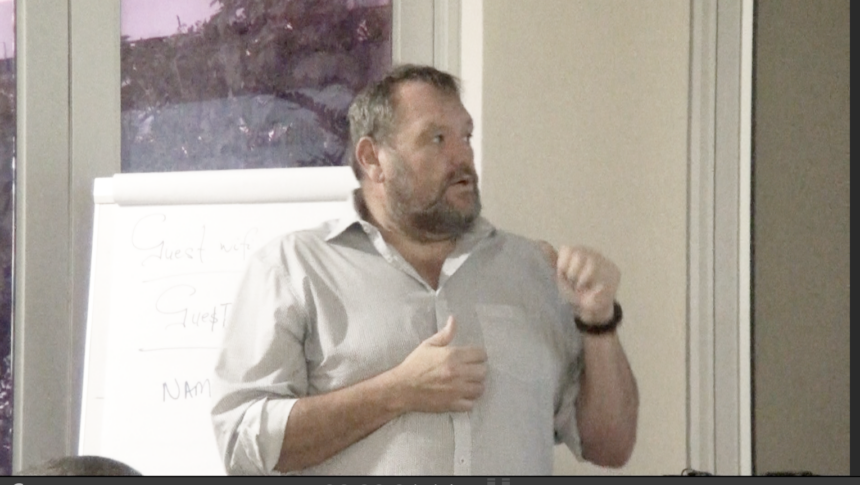The ruling party Swapo has received the most media coverage both on television and radio, between August and September 2024.
This is according to the third Election Media Monitoring Report released on Tuesday by media ombudsman John Nakuta.
The project aims to serve as a critical tool in assessing how both legacy and online media are covering key issues during the election period.
Lead consultant of the Election Media Monitoring project Christie Keulder said one of the reasons for conducting this media analysis is to identify and mitigate biases that may influence public perceptions and electoral outcomes.
“By critically examining media content, researchers can uncover subtle biases in framing, language, and selections of sources, enabling stakeholders to address discrepancies and promote fair and balanced coverage of electoral issues,” he said. According to the report, Swapo received 91.33 minutes on radio, followed by the Popular Democratic Movement (PDM) with 31.42 minutes and the National Unity Democratic Organisation (Nudo) in third place with 30.7 minutes. The Independent Patriots for Change (IPC) was fourth with 16.37 minutes.
Other parties, including Affirmative Repositioning (AR), Swanu, the Namibia Economic Freedom Fighters (EFF) and the Landless People’s Movement (LPM) all scored below seven minutes of radio coverage.
On the other hand, Swanu, AR and Republican Party (RP) have the least television coverage with less than five minutes. Swapo Party is leading with 44.17 minutes, followed by Nudo with 12.33 minutes, and PDM with 9.17 minutes. Meanwhile, IPC came in fourth, recording up to six minutes of television coverage.
Keulder further said the primary objective of media monitoring is to provide stakeholders with a comprehensive understanding of how information is disseminated.
“Researchers collect a representative sample of media content relevant to the research objectives, utilising a combination of sampling techniques to ensure diversity and representatives,” he said. -Nampa


